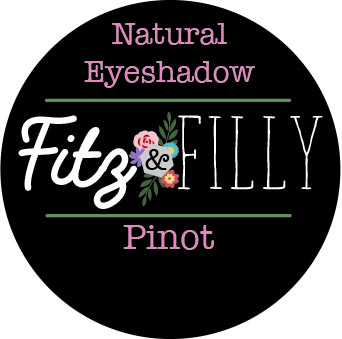Eye Shadow Labels FAQs
Eyeshadow labels must display the product name, ingredients list, batch code, manufacturer’s details, country of origin, and the Period After Opening (PAO) symbol.
Like most cosmetic products, eyeshadow labels must list all ingredients in descending order by weight. This helps customers find any ingredients they may be allergic to or want to avoid, which is especially important in products used around the eyes.
The PAO (Period After Opening) symbol is mandatory on eyeshadow labels. It shows how long the product is safe to use after being opened, usually represented by an open jar icon with a time frame (for example, 12M for 12 months).
Labelservice eyeshadow labels can be fully customised to reflect a brand’s identity. Options include custom shapes, colours, finishes (such as matte, glossy, or metallic), and features like embossing or foiling to boost the product’s visual appeal and help set it apart from competitor’s products.
For designing eyeshadow labels, the most important factors are the size of the packaging, and making sure the label fits compactly while still including all required information. The design should also account for brand aesthetics, such as colour schemes and finishes, and use materials and adhesives that can withstand exposure to oils, moisture, and constant handling.
Eyeshadow labels are typically made from durable materials like paper, vinyl, or synthetic films to make sure they withstand the conditions of cosmetic use. Eyeshadow labels need to be resistant to smudging, oil, and moisture to maintain legibility over time.
Eyeshadow labels typically use acrylic-based, pressure-sensitive adhesives. These adhesives are designed to stick well to various surfaces, including plastic and metal eyeshadow compacts, and resist peeling even when exposed to moisture, oil, or heat. There are also removable adhesives for products where easy peel-off is desired, and permanent adhesives that ensure the label stays intact throughout the product’s life.
At Labelservice, eyeshadow labels can include small but important details such as ingredient warnings, batch codes, barcodes, and regulatory symbols. We produce high-quality labels that maintain their legibility even for smaller text.
Sustainable options are available for eyeshadow labels, such as labels made from recycled materials, biodegradable adhesives, and eco-friendly inks. These options are perfect for brands looking to minimise their environmental impact and appeal to eco-conscious customers.
The safety and compliance of eyeshadow labels in the UK are regulated by the Office for Product Safety and Standards (OPSS), which enforces the Cosmetic Products Regulation (EC) No 1223/2009. These mainly focuses on products labelling their ingredients accurately and including appropriate safety warnings.







